11 April 2025
Leasing out a property can be both exciting and nerve-wracking. Whether you’re a landlord or a tenant, the lease agreement is your golden rulebook. Think of it as a recipe — every ingredient (or clause, in this case) needs to be just right, or you risk ending up with a gumbo of misunderstandings. So, let’s dive into the nitty-gritty and talk about what key clauses every lease agreement absolutely must include. Trust me, this isn’t boring legal mumbo-jumbo. With a little effort (and a bit of humor), you can make sure the lease works for everyone involved.
Why Are Lease Clauses Important?
Before we jump into specifics, let’s answer the big question: why fuss over lease clauses in the first place? Well, think about it – a lease agreement is like a prenuptial agreement for landlords and tenants. No one enters into a lease expecting things to go wrong, but when they do, that piece of paper is what keeps your rights (and sanity) intact.Whether it’s about rent payments, security deposits, or who’s responsible for fixing the leaky faucet, the lease should spell it all out. It keeps misunderstandings to a minimum, protects both parties, and ensures everyone’s expectations are clear. 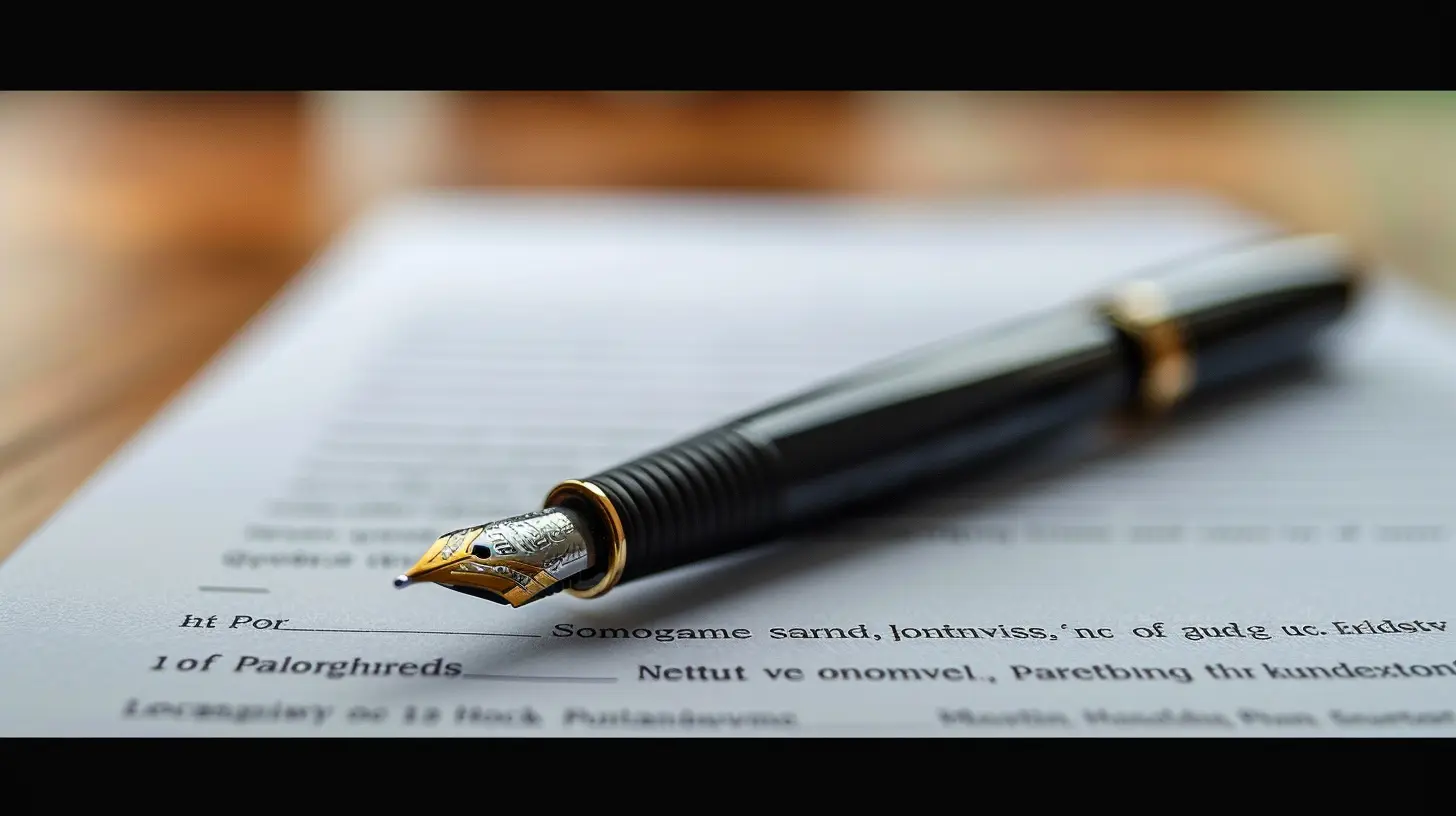
1. Names of All Tenants and Landlords
Let’s start with the basics, shall we? The lease should clearly state who’s involved. This includes the landlord(s) and all the tenants who’ll be living on the property.Why does this matter? Imagine there’s a tenant who isn’t listed on the lease but lives there anyway. If there’s damage to the property or rent isn’t paid, it can create a legal gray area. Listing all tenants ensures everyone knows who’s responsible for what.
When things are clear upfront, there’s less room for “Oh, but I thought…” moments later. 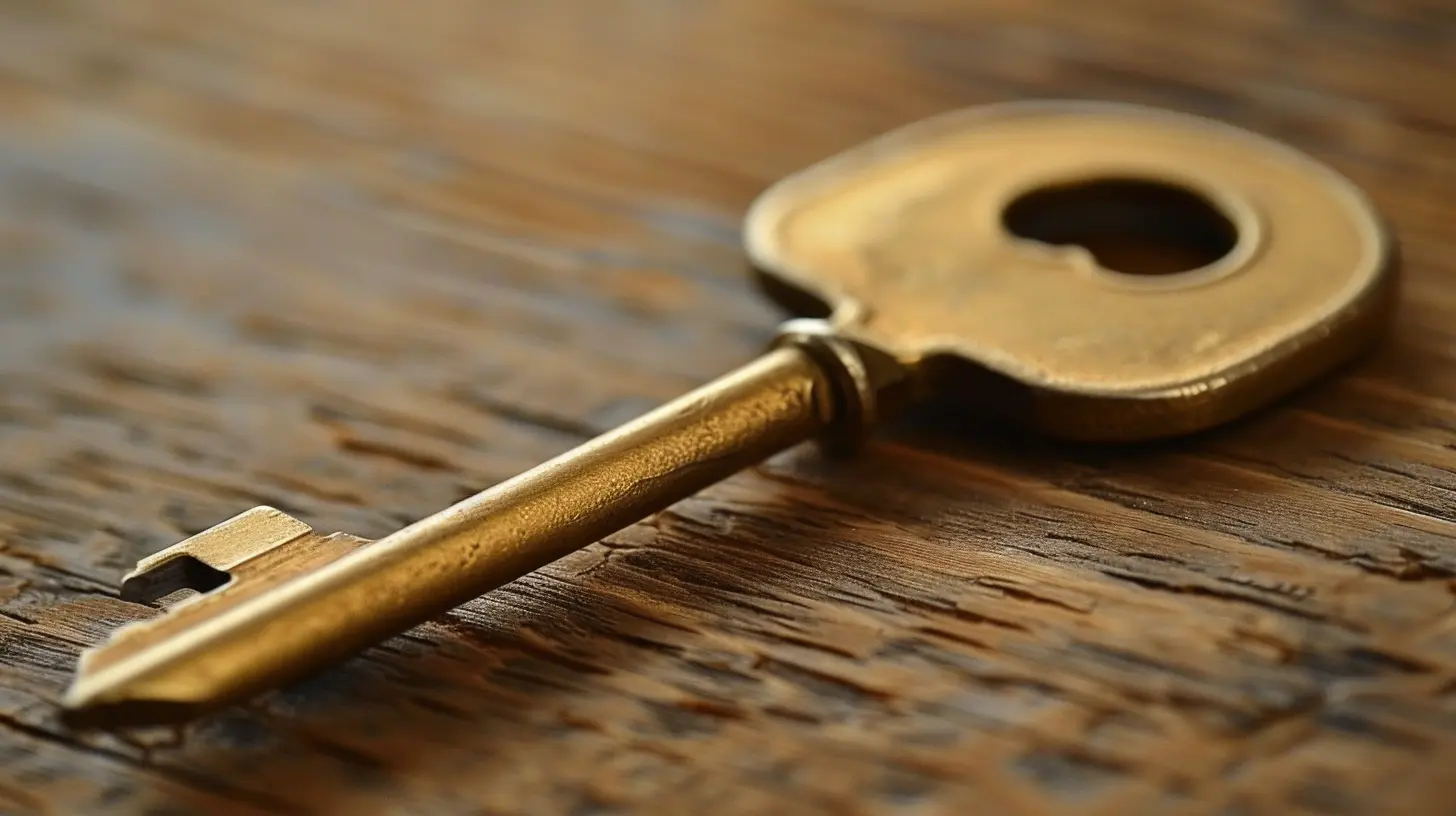
2. Property Details
Okay, this one might seem too obvious, but you’d be surprised how often people forget. The lease agreement should include the complete address of the property being leased.Throw in details like unit numbers, parking spaces (if any), and even storage areas. It’s better to over-clarify now than argue over a parking spot later, right? 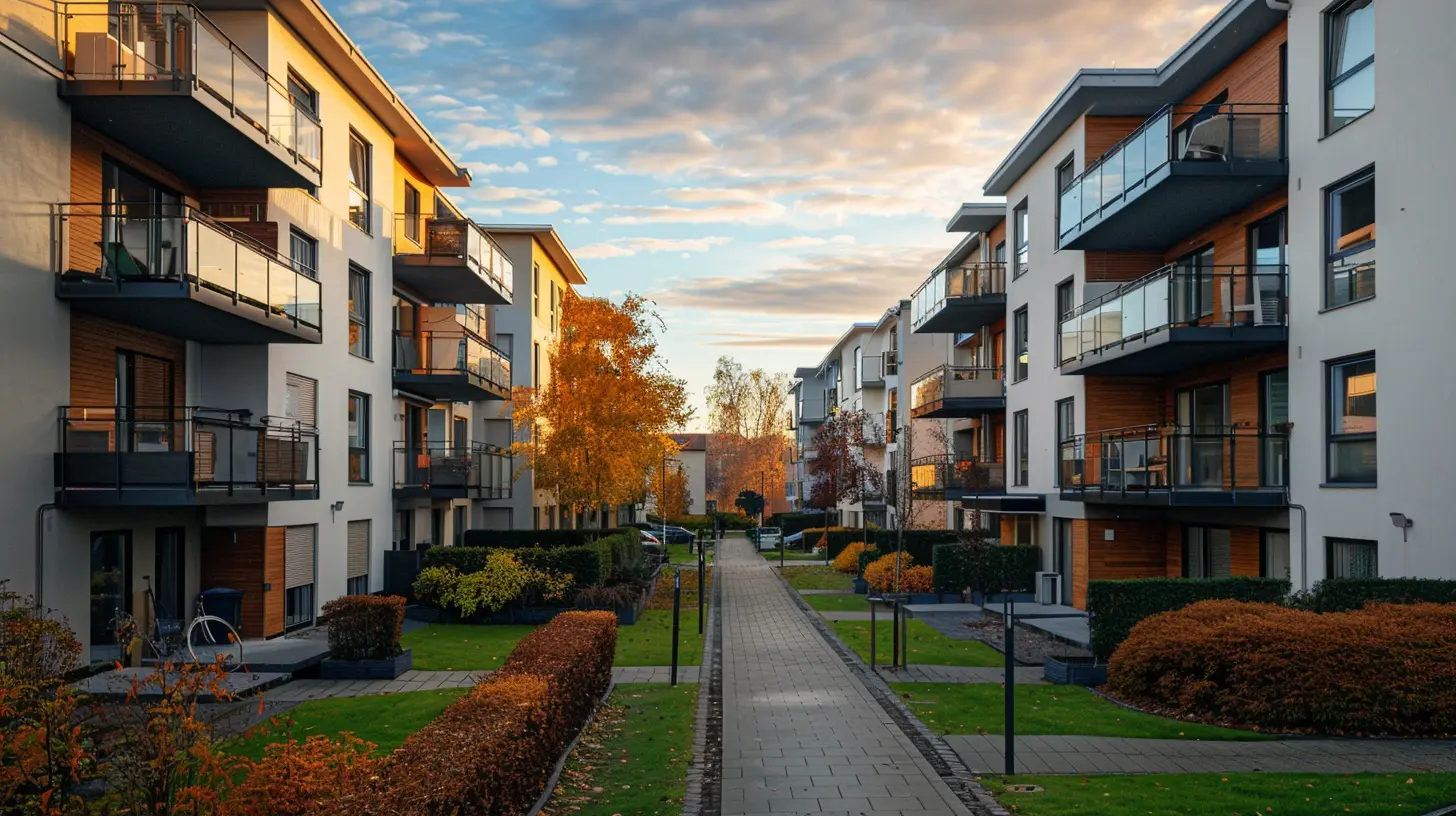
3. Rent Terms: How Much, When, and How
Ah, rent—probably the most important piece of the puzzle! The lease needs to specify:- The amount of rent: Will it stay the same for the entire lease period, or are there provisions for increases? (No one likes surprises… especially expensive ones.)
- Due dates: Is it due on the 1st of every month, or the 5th? What happens if the due date falls on a weekend or holiday?
- Payment method: Will it be cash, check, bank transfer, or even an online payment app?
Pro tip: Always include details about late fees. If rent isn’t paid on time, how much extra will the tenant owe? Clearly defining this leaves no room for “I didn’t know” excuses.
4. Security Deposit Clause
Here’s the deal (and I say this from experience): security deposits can cause drama if they’re not properly addressed in the lease.Your lease should specify:
- The amount of the deposit
- Where the deposit will be held (some states have laws about this)
- What the deposit can be used for (e.g., unpaid rent, damages)
- How it will be returned: Tenants love clarity here. How long will it take? What’s the process for returning it after they move out?
A clear security deposit clause helps everyone sleep better at night.
5. Lease Term and Renewal Options
Every lease should specify the term. Is it a month-to-month agreement or a fixed-term lease (e.g., one year)? It should also detail what happens when the lease ends.- Does it automatically convert to a month-to-month lease?
- Is there an option to renew? If yes, is a notice period required?
Ambiguity here can lead to awkward situations, like a landlord thinking a tenant will leave, only for the tenant to say, “Hey, I thought I could stay.” Don’t leave room for confusion.
6. Maintenance and Repairs
Picture this: the AC breaks down in the middle of summer, and neither the landlord nor tenant knows who’s responsible for fixing it. Yikes, right?The lease should clearly define:
- Who handles repairs (e.g., leaky pipes, broken appliances)?
- Who takes care of regular maintenance, like mowing the lawn or replacing light bulbs?
- How repair requests should be handled (e.g., written notice, timeframes for response)?
Pro tip: Include language that encourages tenants to report issues quickly. A minor leak today can become a major disaster tomorrow.
7. Rules for Subletting and Guests
Subletting might be a lifesaver for tenants in a pinch, but it can be a headache for landlords. The lease should specify whether subletting is allowed and, if so, under what conditions (e.g., written approval from the landlord).Don’t forget about guests. Will overnight guests be allowed? If yes, for how long? This helps avoid situations where a “guest” turns into an unofficial roommate.
8. Pet Policy
Ah, pets: man’s best friend… but sometimes a landlord’s worst nightmare. If the property allows pets, be clear about:- Allowed types and sizes of pets (e.g., no “exotic pets” or dogs over 50 pounds)
- Any additional deposits or fees for pets
- Rules about pet behavior (e.g., no excessive barking, cleaning up after pets)
If pets aren’t allowed, make sure that’s crystal clear too. No wishy-washy language here!
9. Termination and Eviction Clause
No one likes to think about worst-case scenarios, but it’s better to be prepared. The lease should outline what happens if either party wants to terminate the agreement early.For landlords, include reasons tenants could be evicted (e.g., failure to pay rent, violating lease terms). For tenants, outline how much notice they need to give if they want to move out.
10. Utilities and Services
Who pays for what? The lease should specify which utilities (e.g., electricity, water, internet) the tenant is responsible for and which are covered by the landlord.Ambiguity here can lead to awkward conversations (and unexpected bills). Trust me, no one wants that.
11. “House Rules” & Use of Property
Every landlord has their own “house rules.” Maybe it’s no smoking indoors or no loud parties after 10 PM. Whatever they are, they need to be written down in the lease.The lease should also address how tenants can (and can’t) use the property. This is especially important for things like running a business out of a rental property.
12. Legal Disclosures
Last but not least, keep in mind that some states require landlords to include specific disclosures in lease agreements. For example, properties built before 1978 may require lead-based paint disclosures.Do your research or consult a legal expert to make sure you’re in compliance with state laws.
Wrapping It All Up
A good lease agreement is like a well-designed blueprint: it lays the foundation for a smooth landlord-tenant relationship. By including these key clauses, you’re setting yourself up for a hassle-free experience (and fewer headaches down the road).Remember, it’s always a good idea to have a legal expert review the lease before it’s signed. After all, it’s better to tweak things now than deal with a nightmare later.
So, whether you’re a landlord drafting a lease or a tenant reviewing one, keep these clauses in mind. Your future self will thank you!

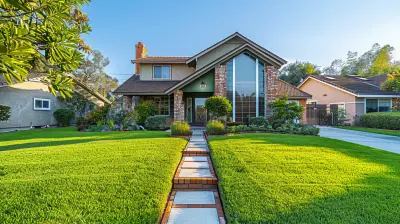



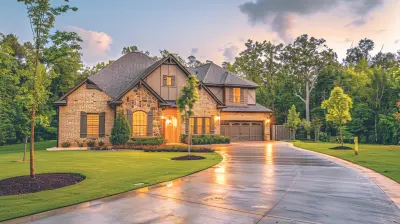
Nadine Allen
When drafting a lease agreement, including essential clauses such as rent amount, duration, maintenance responsibilities, and termination conditions is crucial. These provisions protect both landlord and tenant, ensuring a clear and enforceable understanding of their rights and obligations.
April 19, 2025 at 3:24 AM